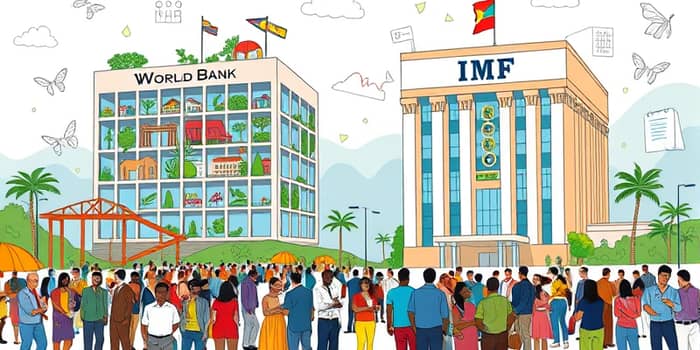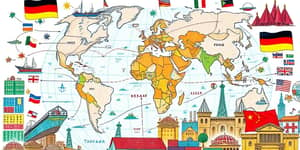Understanding the differences between the World Bank and the International Monetary Fund (IMF) is crucial for comprehending the global economic landscape. Though both institutions aim to promote international financial stability, they operate differently and serve distinct purposes.
The World Bank focuses on poverty alleviation and infrastructure development, while the IMF is primarily concerned with macroeconomic stability and financial crisis management.
Recognizing the roles, objectives, and criticisms of these institutions helps to frame discussions around global economic policies and their impacts on developing nations and the global economy at large. This article delves into the historical background, structure, functions, funding mechanisms, and criticisms surrounding both entities.
Historical Background
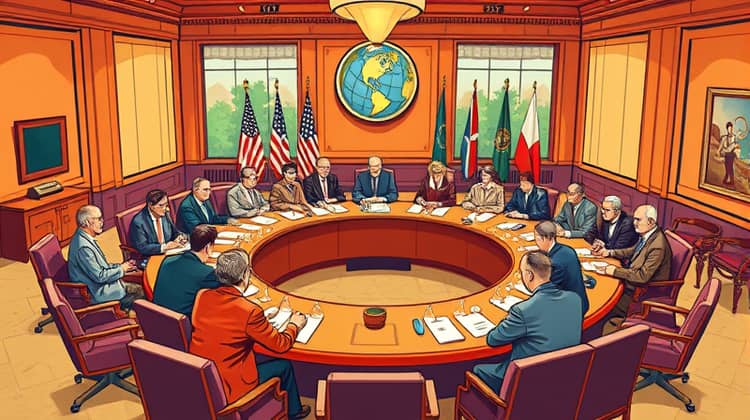
The World Bank and the International Monetary Fund (IMF) both emerged in the aftermath of World War II, as part of the Bretton Woods Conference held in 1944. The conference aimed to establish a framework for international monetary cooperation and promote economic stability and growth following the devastation of the war.
While the World Bank was created to provide financial and technical assistance for development projects aimed at reducing poverty and fostering economic growth, the IMF was established to promote international monetary cooperation, facilitate trade expansion, and provide resources to countries experiencing balance-of-payments difficulties.
- World Bank founded in 1944
- IMF established at the same conference
- Both aim to promote economic stability
- Serve different core functions
Objectives
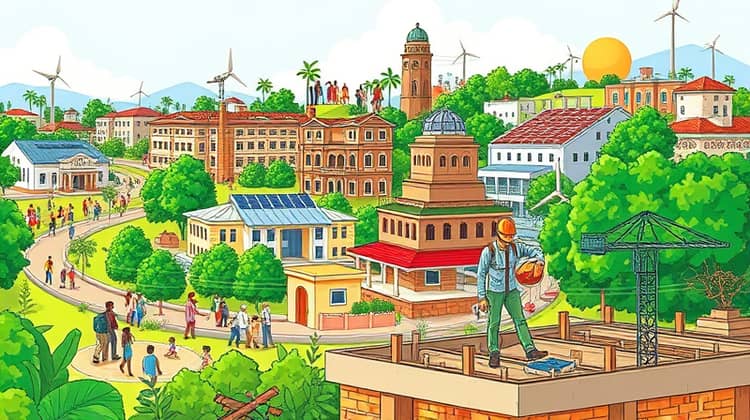
The primary objective of the World Bank is to provide financial and technical assistance for development projects that improve economic prospects and quality of life for people in developing countries. Its focus is on resources for infrastructure projects, education, health systems, and environmental sustainability.
On the other hand, the IMF aims to ensure the stability of the international monetary system. Its objectives include providing policy advice, financial support, and technical assistance, particularly in times of economic distress or sectoral shocks. These distinct mandates illustrate the complementary roles these two institutions play in global economics.
Structure and Membership

The World Bank Group consists of five institutions, including the International Bank for Reconstruction and Development (IBRD) and the International Development Association (IDA), and has a broader focus on development aid. Its governance and decision-making processes reflect a weighted voting system that depends on the financial contributions of its member countries.
Conversely, the IMF has a more streamlined structure focused on macroeconomic stability, with its governance influenced by the size of each country’s economy. The participation of member countries in both institutions enhances their legitimacy and effectiveness through broad representation.
- World Bank consists of five key institutions
- IBRD and IDA are the most prominent components
- IMF focuses on macroeconomic stability
- Governance reflects economic contributions of member countries
Functions and Operations

The World Bank engages in providing long-term loans and grants for developmental projects in various sectors, emphasizing poverty reduction and infrastructure development. Through funding initiatives, the institution helps countries implement projects that can generate economic growth, improve living standards, and create jobs.
Meanwhile, the IMF provides short-term financial assistance aimed at helping countries stabilize their economies during crises.
It offers policy advice tailored to individual country circumstances, focusing on macroeconomic stability and fiscal discipline to promote sustainable growth.
Both institutions work collaboratively on certain projects; however, their operational focus diverges significantly, highlighting the distinct roles they play in the global economy.
World Bank
The World Bank's primary functions include providing loans for specific development projects and offering grants to low and middle-income countries.
It aims to enhance living standards by funding initiatives focused on education, health, agriculture, and infrastructure development.
Additionally, the World Bank engages in research and knowledge-sharing, advising nations on effective policies, and ensuring that development projects align with sustainable practices.
- Provides loans for development projects
- Offers grants for low-income countries
- Enhances living standards
- Engages in policy advice and research
International Monetary Fund (IMF)
The IMF plays a crucial role in monitoring global economic trends and providing financial assistance to countries facing balance-of-payments crises.
It offers financial resources in exchange for policy reforms that the borrowing country must implement, aimed at restoring economic stability.
Moreover, the IMF conducts regular assessments of its member countries' economies and provides policy advice designed to prevent crises, essentially acting as a stabilizing force within the global financial system.
- Monitors global economic trends
- Provides financial assistance for balance-of-payments crises
- Offers resources in exchange for policy reforms
- Conducts economic assessments for member countries
Funding

The World Bank secures funding mainly through borrowing in the international financial markets, alongside contributions from its member countries. This diverse funding mix allows it to provide substantial financial resources to developing countries in need.
In contrast, the IMF is funded through quotas contributed by its member nations, with these quotas reflecting their size in the global economy. This funding structure gives the IMF the capacity to analyze and respond to global economic issues effectively.
World Bank
To meet its funding needs, the World Bank issues bonds in the international capital markets. These bonds are backed by the financial strength and creditworthiness of the institutions that comprise the World Bank, enabling it to borrow at low rates.
Additionally, financial contributions from member countries and grants from various donor agencies supplement its borrowing efforts, providing vital resources for development projects worldwide.
International Monetary Fund
The IMF relies primarily on member countries' quotas, which are based on each country’s economic size. This quota system determines the financial commitment required from each member and influences both voting power and access to financial assistance.
Furthermore, the IMF has additional borrowing arrangements with member nations and regional financing arrangements, allowing it to enhance its capacity to support countries in need during times of economic instability.
Conditionality and Criticism
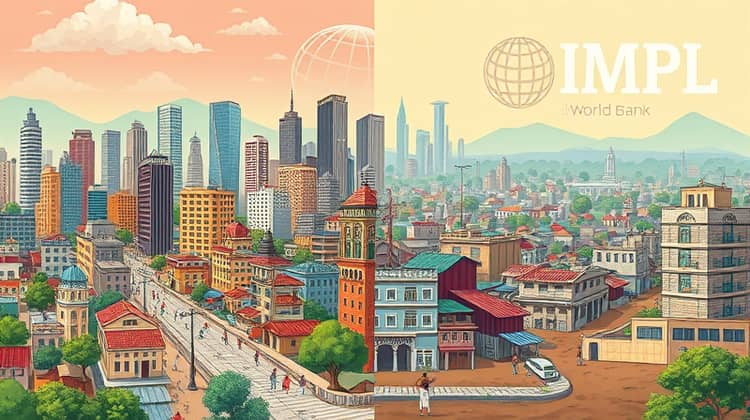
Both the World Bank and the IMF have faced criticism regarding their funding conditionalities, which often require countries to implement specific economic policies or reforms in return for financial assistance.
Critics argue that these conditions can impose a one-size-fits-all approach that may not be suitable for all countries, jeopardizing their economic sovereignty.
Additionally, the effectiveness of the policies promoted by these institutions has been debated. Some analysts claim that conditionality can lead to social unrest and adverse economic consequences, particularly in developing nations where local customs and economic structures are often overlooked.
These criticisms have prompted calls for reform within both institutions, emphasizing the need for more tailored approaches that account for the unique circumstances faced by individual countries.
Conclusion

In summary, while the World Bank and the IMF share common goals of promoting economic stability and development, they operate under different frameworks and focus on distinct objectives. The World Bank prioritizes long-term development through project funding, whereas the IMF focuses on short-term financial stability and crisis management.
Understanding these differences is crucial for stakeholders as both institutions play vital roles in shaping the global economic landscape and responding to emerging challenges. Their collaboration and adaptability will significantly influence the future of international economic cooperation.

